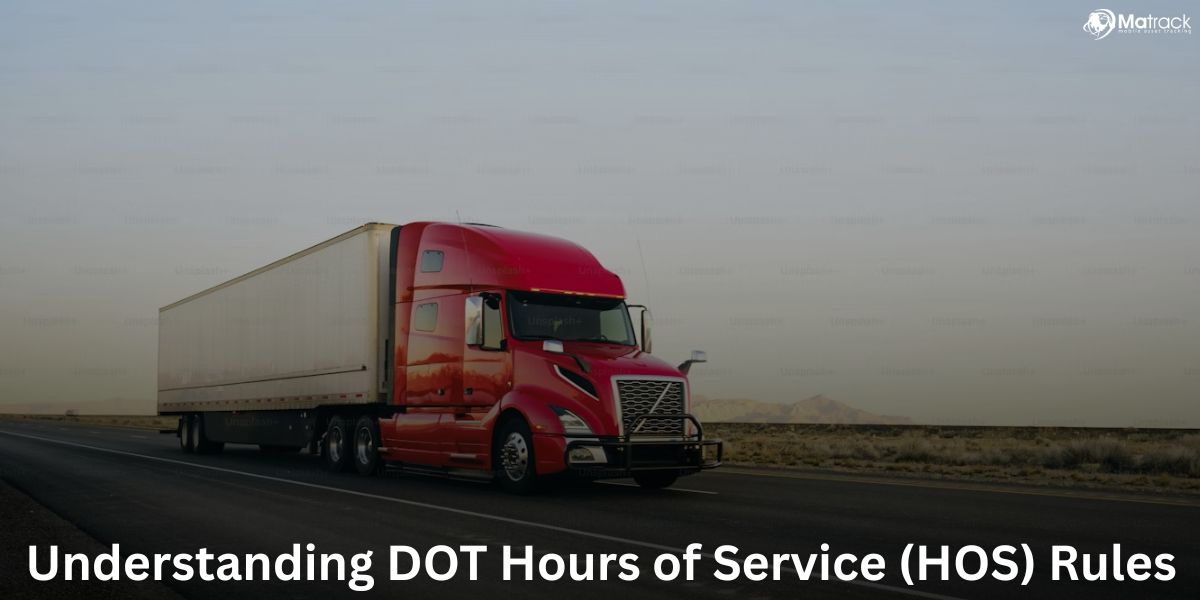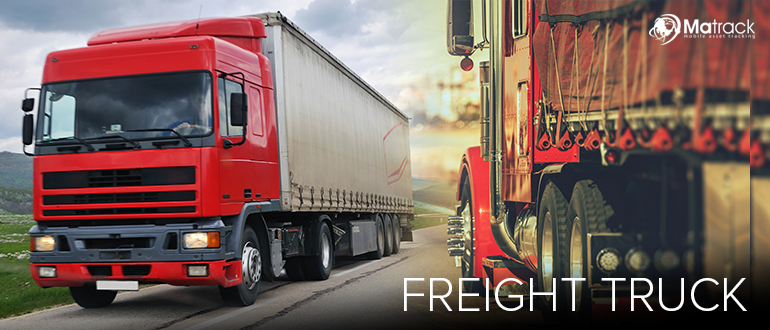Key Takeaways:
- Payload capacity is the total weight a vehicle can carry inside, including passengers and cargo.
- Towing capacity is the maximum weight a vehicle can safely pull using a trailer hitch.
- Exceeding payload or towing limits causes vehicle damage, safety risks, and legal issues.
- Matrack Fleet Tracker helps manage and optimize payload by monitoring load movement in real time.
What is Payload Capacity?
Payload capacity is the maximum weight a vehicle can safely carry inside the cabin and on the cargo area. This includes people, tools, luggage, or any other load placed on or inside the vehicle.
It tells you how much weight your vehicle can handle without pulling anything behind it. Going over the payload capacity can damage the vehicle and reduce safety while driving.
How To Calculate Payload Capacity?
To calculate payload capacity, subtract the vehicle’s curb weight from its Gross Vehicle Weight Rating (GVWR).
- GVWR is the maximum total weight your vehicle can handle when fully loaded.
- Curb weight is the weight of the vehicle with standard equipment and all fluids, but without passengers or cargo.
Formula:
Payload Capacity = GVWR – Curb Weight
Example:
If a truck has a GVWR of 6,800 pounds and a curb weight of 4,800 pounds, its payload capacity is 2,000 pounds. This means the combined weight of passengers and cargo must stay under 2,000 pounds.
You can find GVWR and curb weight on the label inside the driver’s door or in the vehicle owner’s manual. Always base your calculations on manufacturer specifications to avoid overloading.
How to Increase and Decrease Payload Capacity?
| Action | Effect on Payload Capacity |
| Remove unnecessary interior items or equipment | Increases available payload by reducing curb weight |
| Replace heavier components with lighter alternatives | Increases payload by lowering vehicle weight |
| Upgrade suspension or install heavy-duty springs | Can increase payload support, but GVWR remains unchanged |
| Use lighter passengers and smaller cargo loads | Increases usable space within the payload limit |
| Add permanent toolboxes, racks, or accessories | Decreases payload by adding to vehicle’s base weight |
| Carry more passengers or heavy equipment | Decreases available capacity for cargo |
| Install larger tires or lift kits | Can decrease payload due to added vehicle weight |
Pros and Cons of Payload Capacity
| Pros | Cons |
| Ensures safe weight handling for passengers and cargo | Limited weight capacity restricts total load |
| Prevents vehicle damage from overloading | Overestimating payload can lead to mechanical failures |
| Helps comply with road safety and legal limits | Requires accurate calculation and constant monitoring |
| Improves performance by distributing load correctly | Payload includes passengers, reducing space for cargo |
What is Towing Capacity?
Towing capacity is the maximum weight a vehicle can pull using a trailer hitch. This includes the trailer’s weight and everything loaded on it.
Towing doesn’t add weight to the vehicle itself, it exerts pulling force through the hitch, often impacting the drivetrain, suspension, and brakes.
Towing Capacity Depends On
- Engine power and torque
- Transmission strength
- Axle ratios
- Chassis design
- Trailer hitch rating
- Cooling systems
Example:
If an SUV has a towing capacity of 5,000 pounds, it can tow a 3,000-pound trailer carrying a 1,500-pound ATV, with room for 500 pounds more.
Pros and Cons of Towing Capacity
| Pros | Cons |
| Enables safe and efficient pulling of trailers or equipment | Exceeding towing limits can damage engine and transmission |
| Helps match the right trailer size to the vehicle | Towing adds stress to brakes, suspension, and cooling systems |
| Improves control and stability with proper trailer weight | Requires frequent checks of hitch ratings and trailer balance |
| Supports hauling large items like boats, campers, or tools | Reduces fuel efficiency during towing |
Real-World Application: Truck Owners
Pickup Trucks
Half-ton trucks like the Ford F-150 or RAM 1500 often have:
- Payload capacity: 1,500 to 2,300 pounds
- Towing capacity: 5,000 to 13,000 pounds
Three-quarter-ton trucks like the Ford F-250 have:
- Payload capacity: 3,000 to 4,000 pounds
- Towing capacity: 12,000 to 18,000 pounds
One-ton trucks like the RAM 3500 reach:
- Payload capacity: 6,000+ pounds
- Towing capacity: 30,000+ pounds (with gooseneck hitch)
Commercial Fleets
Delivery vans, service vehicles, and utility trucks require clear separation of towing vs. payload metrics to avoid overload citations and downtime. Misunderstanding this difference can result in overburdening the wrong system, either chassis or hitch.
Importance of Understanding Payload and Towing Limits
Safety Risks
Exceeding payload or towing limits can cause:
- Brake failure
- Tire blowouts
- Loss of steering control
- Increased rollover risk
- Frame bending or cracking
Legal Violations
Overloading a vehicle violates transportation laws. Many U.S. states enforce weigh station checks for commercial vehicles. Fines for overloading can exceed $10,000, especially if combined with safety violations.
Warranty Damage
Vehicle manufacturers define payload and towing capacity for warranty protection. Exceeding those limits can void coverage for transmission, suspension, and engine systems.
Tips to Stay Within Limits
Weigh Your Load
Use a certified truck scale to measure total vehicle weight when loaded. Subtract curb weight to find current payload.
Use Trailer Brakes
Trailers above 3,000 pounds require separate braking systems in most states. Install electric trailer brakes for safe stopping.
Distribute Load Evenly
Load cargo centered and balanced across axles. Improper weight distribution increases risk of sway and jackknife incidents.
Choose the Right Hitch
Use Class III, IV, or V hitches for heavier trailers. Gooseneck and fifth-wheel hitches provide greater stability and higher towing limits.
Key Differences: Payload vs. Towing Capacity
| Feature | Payload Capacity | Towing Capacity |
| Definition | Max weight carried inside/on the vehicle | Max weight pulled by the vehicle |
| Measured By | GVWR – Curb Weight | Engineering limit based on design and powertrain |
| Weight Location | On the truck bed or inside the cabin | On a trailer hitched to the rear of the vehicle |
| Common Items | People, tools, luggage, building materials | Boats, campers, trailers, heavy equipment |
| Affects | Suspension, tires, structural frame | Engine strain, brakes, drivetrain, trailer control |
How Matrack Fleet Tracker Improves Payload Capacity
Matrack Fleet Tracker helps improve payload capacity management by giving you real-time updates on vehicle load movement and usage. This helps prevent overloading by alerting you to unusual weight changes or unauthorized activity, protecting your vehicles from damage.
The tracker provides detailed reports on driver behavior, speed, braking, and mileage. These insights help reduce unnecessary strain on vehicles, keeping them within safe payload limits and extending their lifespan.
With GPS tracking, geofencing, and vehicle diagnostics, you can monitor truck activity 24/7. This control allows you to plan smarter routes, balance loads better, and use each vehicle’s payload more



